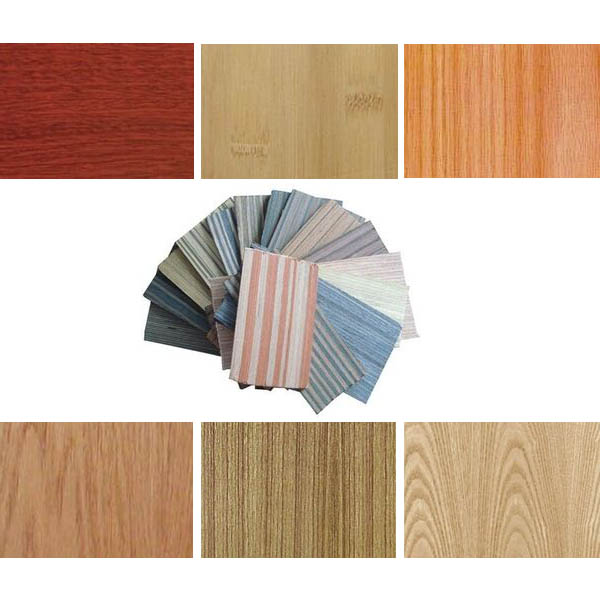Iron is an essential trace element for the growth and development of suckling piglets and is a component of various enzymes in the body. Primary piglets have the least amount of iron stored, requiring 7 mg of iron per day, and up to 1 mg of iron per day in breast milk. Therefore, the iron stored in the piglets will soon be depleted, and anemia can occur if it is not replenished in time. To this end, the paper analyzes the pig-raising technology for iron supplementation and selenium supplementation on a large-scale pig farm for reference. The majority of farmers may wish to try. 1. Give the pregnant sow a month before the birth, until weaning, add o.5% lactoferrin (also known as breast milk love, containing 1.5% chelated iron, 2.0% glycine, physiological adjustment elements, containing organisms Bacteria, inhibitors of ammonia odor, multivitamins, minerals and other nutrients). It can prevent anemia in sow piglets, promote lactation, enhance the vitality of piglets, and prevent diarrhea. 2. To the pregnant pigs from the week before delivery to the milk (20-day-old pigs) with 0.15% threonine iron (containing DL-threonine iron 159 grams) added to the feed, can prevent anemia in piglets. 3.3 days old selenium supplementation (0.1% sodium selenite solution, 1 ml intramuscular injection); iron supplement injection, 150 mg per head in the other side of the neck muscle injection. Iron can be selected from iron dextran, blood polyphosphate, dextran iron cobalt and other injections. In addition, you can also choose to use selenium containing selenium mixture to supplement iron and selenium; or 1 ml of iron-rich force (150 mg of iron, 1 mg of sodium selenite) for intramuscular injection. 4. Use 2.5 g of ferrous sulfate, 2.5 g of cobalt chloride, 1 g of copper sulfate, 10 g of yeast powder, dissolve in water to 1000 ml, mix with gauze, 0.25 ml / kg body weight, orally or apply to Sow on the nipple, or mixed with piglet feed and drinking water.
Veneer is a thin sheet of wood, rotary cut, sliced or sawed from expensive natural wood. The veneer is easy to be edge jointed and overlaid on Plywood, MDF, particleboard and so on. So, it can be used in fancy plywood, fancy MDF, fancy Blockboard and veneer faced particleboard.
Luli Group Co., Ltd, also supply engineered wood veneers with good quality and competitive pricing.
Advantages of using veneers:
Compared to wood, one of the primary advantages of using veneer is stability. While solid wood can be prone to warping and splitting, because veneer is made of thin layers of wood glued together, the chances of splitting or cracking are reduced. Further, the glue used provides additional strength, making the end result stronger than natural wood.
Usages of Veneer:
Used to cover the surface of plywood, MDF, chipboard, blockboard and so on.
Specification details:
Sizes: 1220mm x 2440mm, 1250mm x 2500mm or as your request
Thickness: From 0.15mm to 0.6mm or as per request
Species: Okoume, Bintangor, Terminalia, Red hardwood, etc.
Grade available: A/A, A/B, B/B
Cutting way: Rotary cutting
Veneer Wood Veneer,Wood Poplar Veneer,Sapele Veneer,Rosewood Veneer Luli Group Co.,Ltd. , https://www.plywoods.nl
